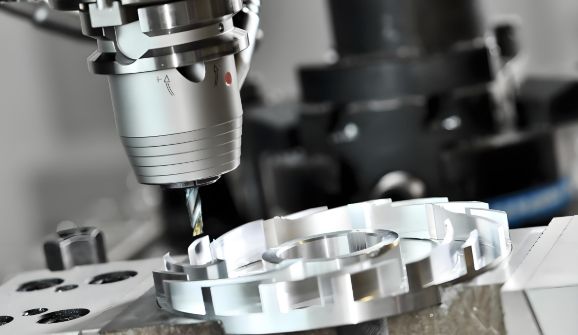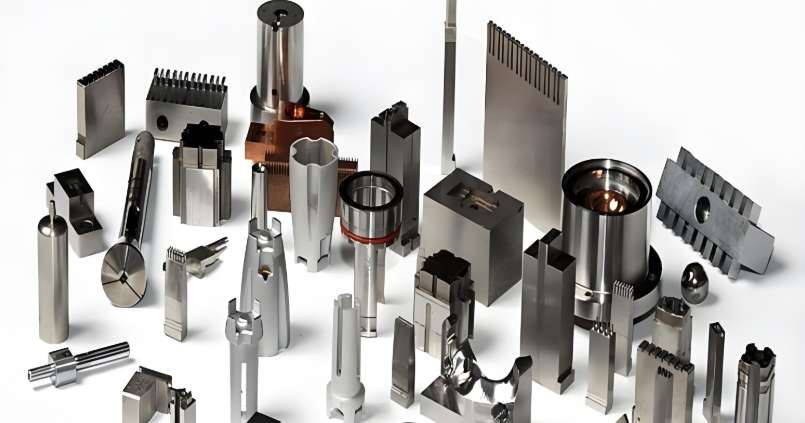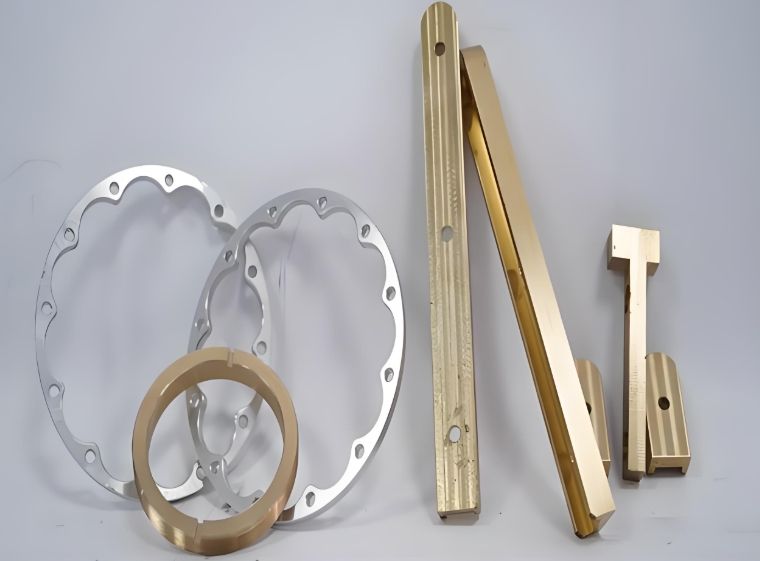CNC Precision Craftsmanship: Building Precise Guardians for Life
In the operating room under the bright surgical lights, an orthopedic screw with a diameter of only 3 millimeters is precisely fixing the fractured bone; at the core of the high-speed CT machine, a set of aluminum alloy chambers with mirror-like smooth surfaces ensures absolute imaging clarity. These medical components, which sustain diagnostic safety and patients' lives, all hide a key manufacturing technology behind them—CNC (Computer Numerical Control) machining. When CNC component machining meets the field of medical health, a deep connection about "precision safeguarding life" begins to unfold.
Micrometer-Level Commitment to Life: The Precision Revolution of CNC Technology
The stringent requirements for medical components are precisely where the core value of CNC technology lies. The micrometer-level precision, which traditional processing methods find hard to achieve, becomes a reality under the precise control of CNC machines:
-
Complex Structures, Precisely Realized: Whether it is the fine threads on implants, the complex curved surfaces of surgical instruments, or the precision internal cavities in diagnostic equipment, CNC machining can perfectly replicate the design intent, ensuring that every CNC medical component fits seamlessly into its functional role.
-
Demanding Materials, Easily Managed: From extremely biocompatible titanium alloys, corrosion-resistant medical stainless steel, to special engineering plastics and ceramics, the strong material adaptability of CNC technology provides the safest and most reliable material foundation for medical components.
-
Quality Traceability, the Cornerstone of Safety: The digital nature of CNC machining means that the machining parameters, paths, and quality inspection data of each CNC medical component can be fully recorded and traced. This not only meets the strict regulatory requirements of the medical device industry (such as ISO 13485) but also serves as the digital "gene" of safety for every device implanted in patients.
Clinical Value of CNC Medical Components
The value of medical components manufactured by CNC technology goes far beyond the physical parts themselves, profoundly influencing diagnostic outcomes and patient experiences:
-
Enhancing Diagnostic Precision and Safety: High-precision CNC medical components are a key guarantee for successful surgery. A joint prosthesis precisely machined by CNC, with its perfect fit, can significantly reduce wear and extend service life; a surgical instrument manufactured by CNC, with its sharp blade and reliable strength, directly affects surgical efficiency and patient safety.

-
Accelerating the Implementation of Innovative Medical Devices: CNC machining provides an unprecedented degree of freedom for medical design. Cutting-edge designs such as complex minimally invasive instruments, personalized implants, and microsensor housings can be quickly transformed from blueprints to clinically available CNC medical components through CNC technology, driving innovation in treatment methods.
-
Ensuring Equipment Stability and Reliability: Large medical devices (such as MRI, CT, and linear accelerators) rely heavily on high-precision, high-stability CNC components internally. The performance of a waveguide component or rotating bracket precisely machined by CNC directly affects imaging quality or treatment accuracy and is the unsung hero behind the long-term reliable operation of the equipment.
The deep integration of CNC component machining and medical components is a wonderful symphony between industrial precision and life science. When the cutting tool of a CNC machine engraves precise tracks on special materials, it is not just producing a part but also laying the foundation for the future of human health. With its unparalleled precision, reliability, and flexibility, CNC technology continues to empower medical innovation and safeguard life safety. In the CNC world that pursues "zero defects," every precise cut is the most solid and warm commitment to "life first"—using the precision of technology to build a grand blueprint for health.


